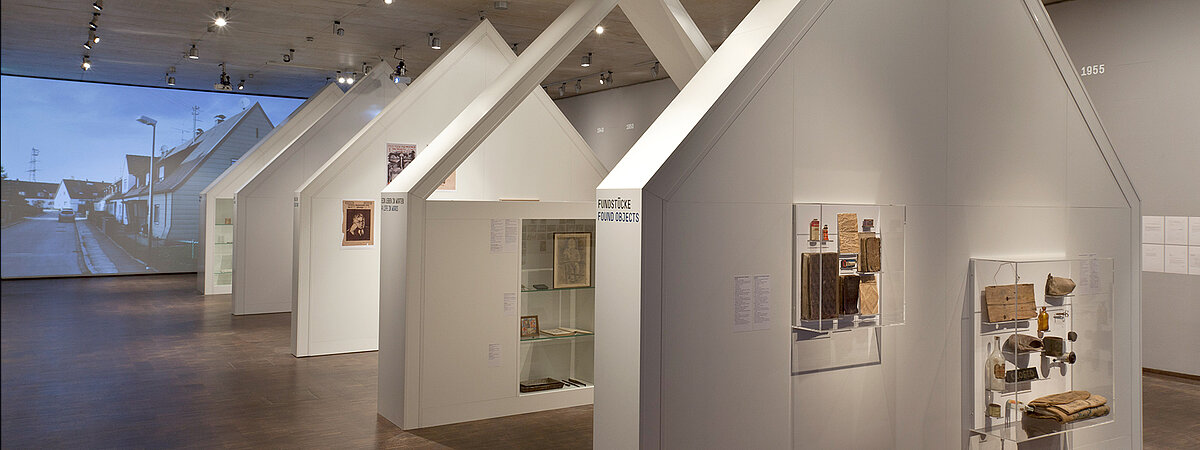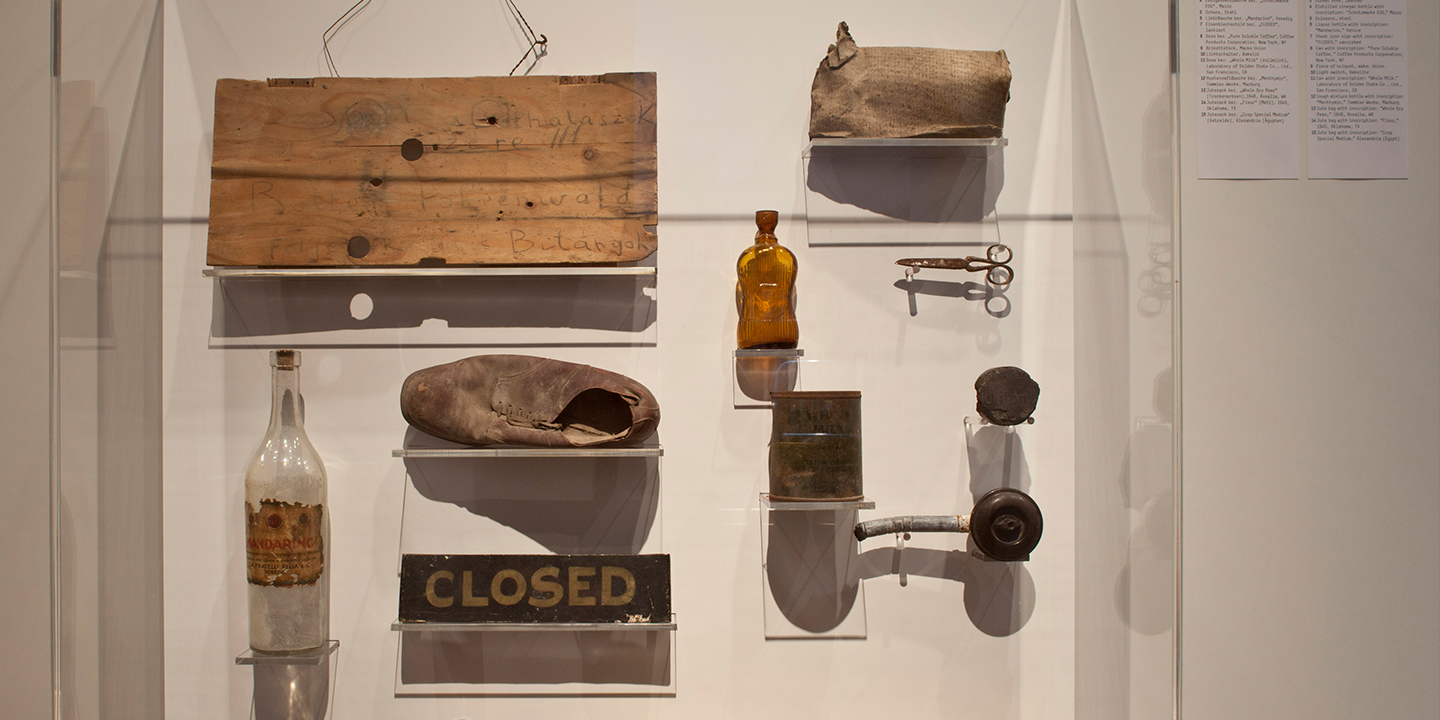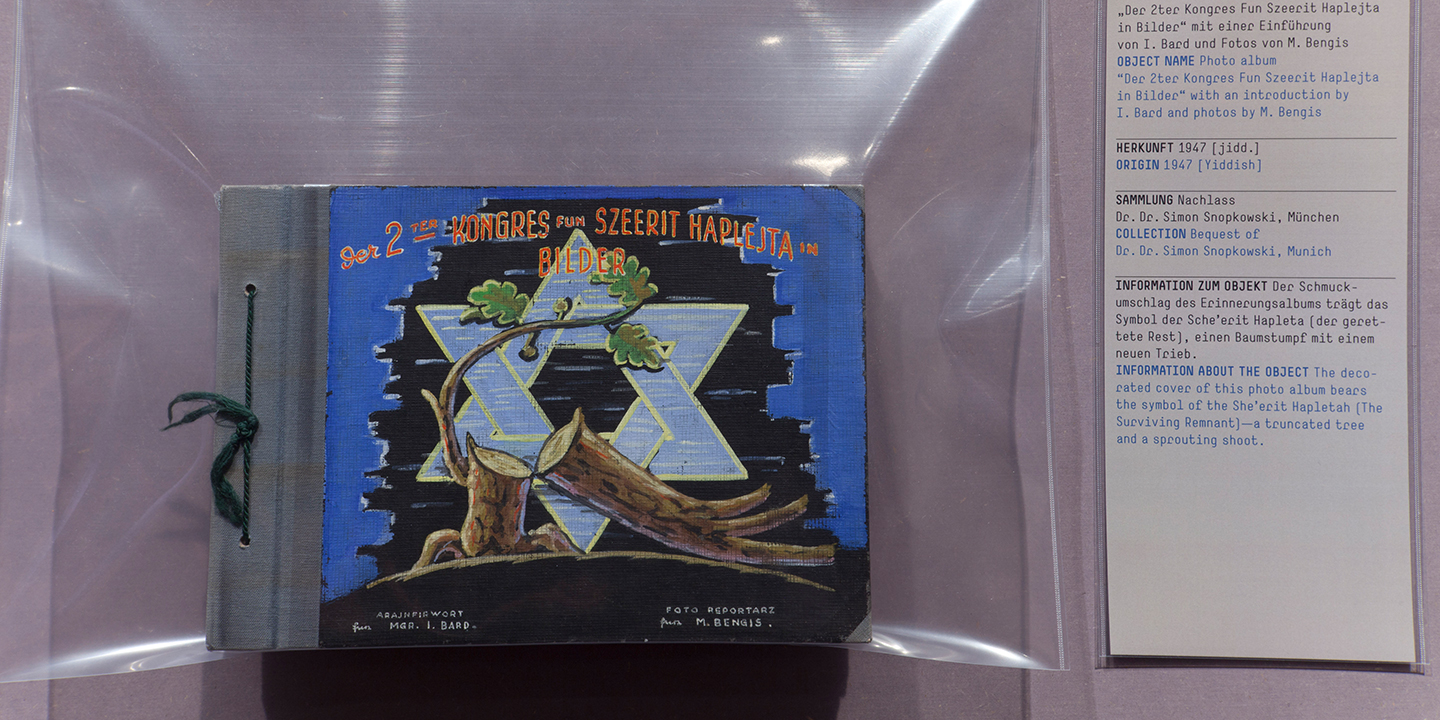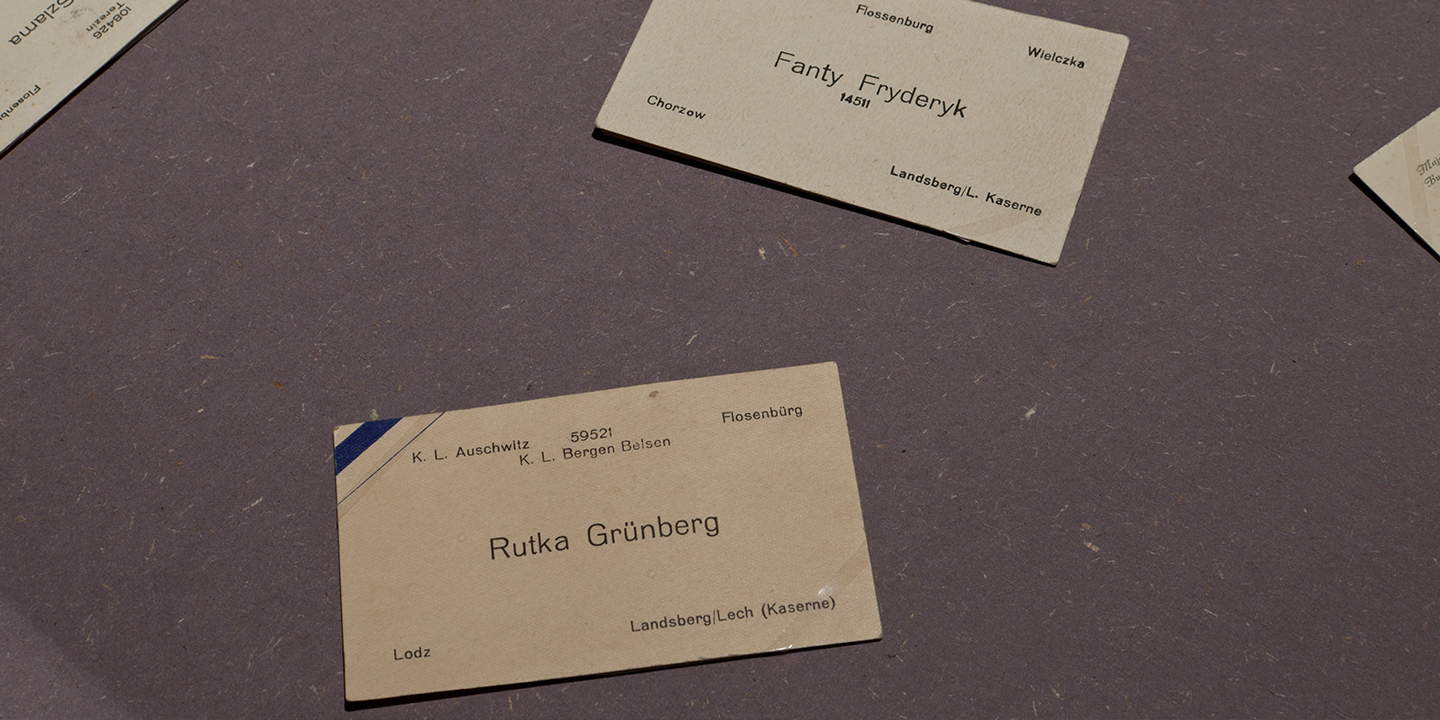Jews 45/90
From here and there – Survivors from East Europe
The exhibition series “Jews 45/90” highlights personal histories that began in East Europe and found their continuation in Munich and the surrounding area. The first exhibition is dedicated to the history of Displaced Persons (DPs) in the immediate post-war period. Up until the end of the ’40s, Germany—of all places—became a temporary home to ten of thousands of Jews who had survived the Shoah and to refugees from East Europe. In this, the most comprehensive exhibition to be held to date on the everyday life, history, and culture of Jewish Displaced Persons, the focus has been…
Jews 45/90
From here and there – Survivors from East Europe
The exhibition series “Jews 45/90” highlights personal histories that began in East Europe and found their continuation in Munich and the surrounding area. The first exhibition is dedicated to the history of Displaced Persons (DPs) in the immediate post-war period. Up until the end of the ’40s, Germany—of all places—became a temporary home to ten of thousands of Jews who had survived the Shoah and to refugees from East Europe. In this, the most comprehensive exhibition to be held to date on the everyday life, history, and culture of Jewish Displaced Persons, the focus has been placed especially on the individual fates and the different living environments of DPs, whose stories of flight and migration have long been overshadowed by the Shoah.
Divided into nine different stations, the lives of DPs are described from their liberation until their emigration to Israel or other countries. It is not a straightforward story that is related. Depending on the occupation policies of the Allied Forces, the relief organizations, and international political developments, Jewish refugees did not know how long and under what conditions they had to carry on living in DP camps. Visitors therefore make their way through a labyrinth—with a view of the next station always been barred. Many of the exhibits may seem at first glance to be everyday objects of little value. Their significance unfolds through the stories and memories that the lenders associate with them.
On the second exhibition level visitors are led into the Föhrenwald DP camp, now known as Waldram near Wolfratshausen, that existed from 1945–1957, and as such longer than all other DP camps in Germany. Insights into the various aspects of camp life and the stories of individual families open up between the silhouettes of the characteristic Föhrenwald estate houses.
Duration of exhibition
November 30, 2011 - May 17, 2012
Curator
Jutta Fleckenstein Tamar Lewinsky
Assistance
Piritta Kleiner
Architecture
chezweitz & partner, Berlin
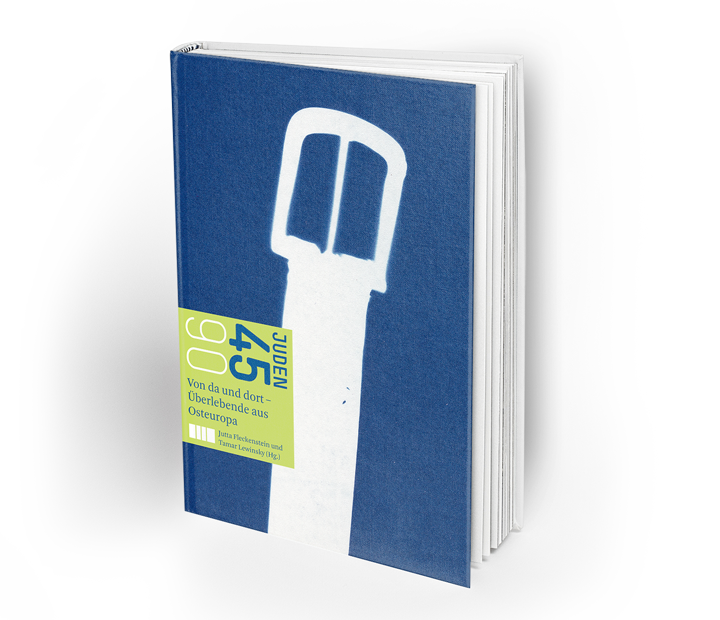
PUBLIKATION
Der Katalog zur Ausstellung
Der reich bebilderte Katalog zur Ausstellung vermittelt weiterführende Informationen zur DP-Zeit und zu den ausgestellten Objekten. In einem Essayteil spüren Kinder von ehemaligen Displaced Persons wie die Schriftstellerinnen Lily Brett und Savyon Liebrecht ihren Familiengeschichten nach.
Mit Essays von Esther Alexander-Ihme, Samuel Bak, Toby Blum-Dobkin, Michael Brenner, Liliy Brett, Lea Fleischmann, Cilly Kugelmann, Savyon Liebrecht, Ellen Presser, Rachel Salamander, Anton Jakob Weinberger, Liliane Weissberg.
ISBN 978-3-942271-47-9

